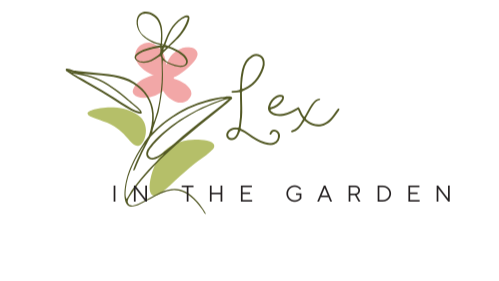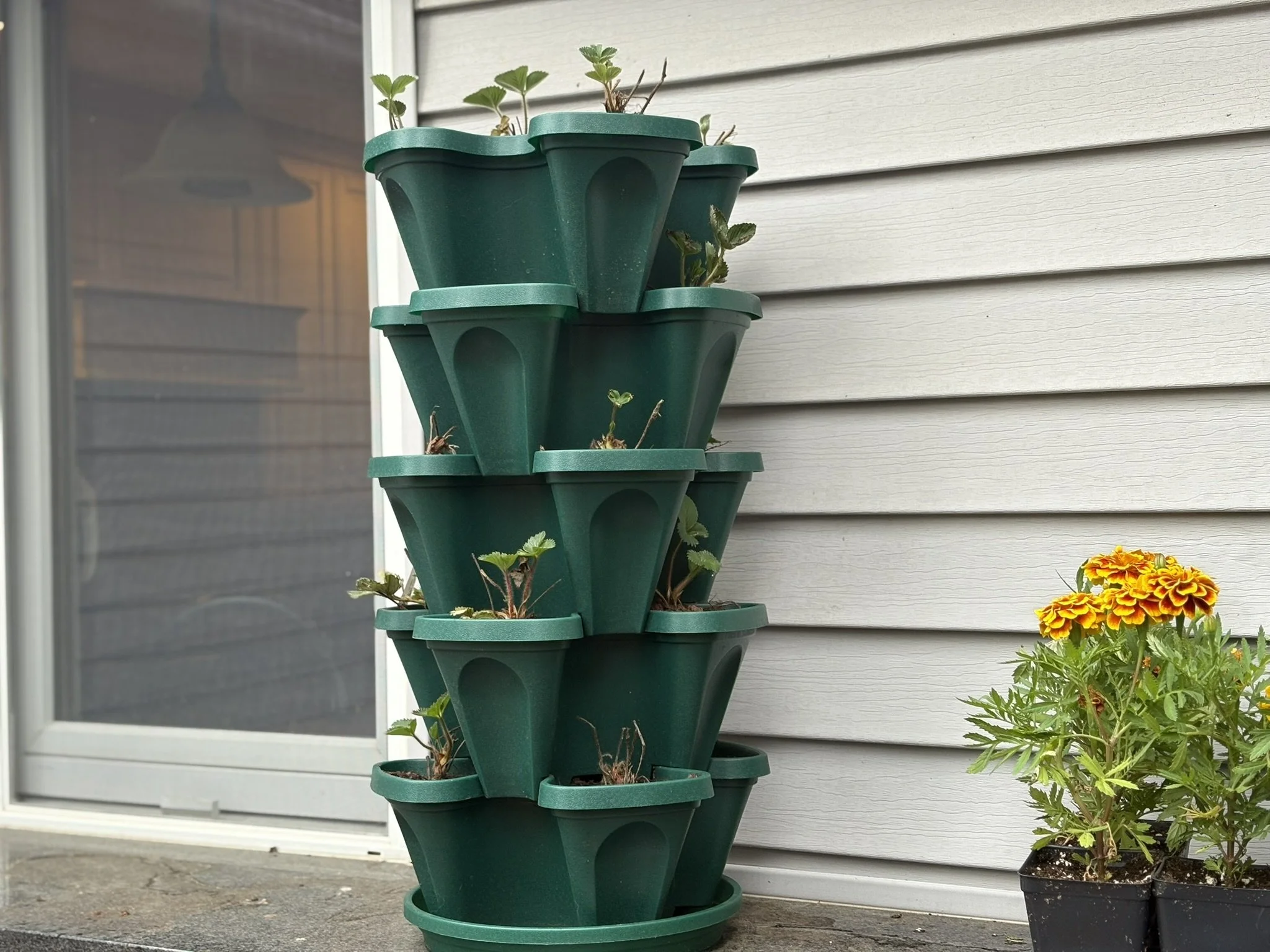How to Start a Garden That Feeds Your Body, Mind, and Soul
Have you ever felt a craving for fresher food, a deeper connection to nature, or simply more peace in your life? Starting a garden could be the life upgrade you didn’t know you needed. Whether you want to eat healthier, lower your grocery bill, beautify your space, or just find a new mindful hobby — gardening checks every box.
And the best part? You don’t need acres of land, fancy tools, or a green thumb to begin. Plants have been growing on their own for centuries — we just need to create the right conditions for them to thrive.
This beginner-friendly guide will walk you through the essentials of starting your first garden, choosing the right plants, keeping things alive, and enjoying the countless benefits of growing your own food.
The Basics: What You Actually Need to Start Growing
At its core, gardening is simple. Here’s the bare minimum to get started:
A Location: A sunny patch of land, raised beds, or even a few containers on a balcony.
Soil: Good soil is the foundation, but you don’t need perfection on day one. Most soil can be improved over time with compost or organic matter.
Water: Regular, consistent watering is essential — especially in the early stages.
Seeds or Transplants: Grow from seeds if you’re patient, or buy young plants (transplants) if you want quicker results.
Pro Tip: Don’t overthink it. Start with a few plants you love to eat, and expand as you learn.
Where to Grow: Choosing the Right Method for Your Space and Lifestyle
Not every garden has to be in the ground. Depending on your living situation and lifestyle, there are multiple ways to start growing:
1. In-Ground Gardens
Best for: People with available yard space and decent soil.
Pros: Low cost, large planting area.
Cons: May need soil testing, weeding can be more labor-intensive.
2. No-Dig Gardens
A method that mimics natural ecosystems by layering organic material on top of the soil without tilling.
Pros: Boosts soil health, reduces weeds, retains moisture.
Cons: Initial setup requires access to compost, mulch, or organic matter.
3. Raised Beds
Best for: Those with poor native soil or wanting defined garden spaces.
Pros: Easier on your back, excellent drainage, visually appealing.
Cons: Requires building materials and soil to fill them.
4. Container Gardening
Best for: Renters, apartment dwellers, or those with limited space.
Pros: Portable, customizable, manageable size.
Cons: Soil dries out faster; some crops need large containers.
Did You Know? You can even grow food indoors! Herbs, leafy greens, and some dwarf vegetable varieties grow well on sunny windowsills or under grow lights.
What to Grow: Choose Plants That Serve Your Goals
What you grow depends on what you need — be it health, savings, or beauty. Let’s break it down:
🎯 Grow to Save Money
Grow what you eat frequently to offset grocery costs.
Some produce is pricey in stores but easy to grow:
Lettuce & greens: Quick-growing, can be harvested multiple times.
Beans: High-yield, continuous harvest.
Tomatoes: Expensive to buy organic, but prolific in the garden.
Strawberries & ground cherries: Fresh fruit without the premium price.
🌿 Grow for Health and Nutrition
Nutrient-Packed Vegetables: Kale, Swiss chard, carrots, spinach, tomatoes.
Herbs: Thyme, sage, rosemary, lemon balm — all rich in antioxidants and flavor.
Medicinal Plants: Calendula (skin health), comfrey (wound healing), echinacea (immune support).
Gardening also diversifies your diet naturally — studies show gardeners tend to eat more fruits and vegetables simply because they have them on hand.
🌸 Grow for Beauty and Pollinators
Beyond food, flowers enhance your mental well-being and support wildlife:
Bee Balm: Attracts hummingbirds and sphinx moths.
Borage & Comfrey: Bring bees to your garden, aiding pollination.
Gladiolus: A hummingbird favorite, with stunning color spikes.
By intentionally planting a variety of flowers, you can create a garden that blooms across seasons — ensuring beauty and pollinator support year-round.
How to Choose the Best Location
Observe your space before planting:
Sun Exposure: Most vegetables need 6-8 hours of direct sun. Leafy greens and herbs tolerate partial shade.
Existing Structures: Want to grow climbing plants like cucumbers or pole beans? Make sure you have space to add trellises or stakes.
Proximity to Water: It’s easier to water a garden that’s near a convenient hose or water source.
Bonus Tip
If your space is limited, vertical gardening — using trellises, shelves, or hanging baskets — is a creative way to maximize yield in small areas.
Garden Care: Keeping Your Garden Alive and Thriving
💧 Watering Best Practices
Water deeply but less frequently to encourage strong roots.
Early morning is the best time to water — reducing evaporation and fungal diseases.
Use mulch around plants to retain moisture and suppress weeds.
🌱 Organic Fertilizing Options
Compost: The gold standard for soil health.
Worm Castings: Packed with nutrients and beneficial microbes.
Fish Emulsion or Seaweed Extracts: Great for giving plants a mid-season boost.
Avoid chemical fertilizers if you want to grow organically — they can harm beneficial soil life.
✂️ Harvesting Tips
Frequent harvests: Beans, cucumbers — harvesting often keeps them producing.
One-time harvests: Carrots, onions — harvest when mature.
Cut-and-come-again: Lettuce, kale — cut outer leaves and let the plant continue growing.
Harvesting regularly also keeps plants healthy and productive — plus, fresh-picked produce tastes better!
Common Garden Challenges & How to Manage Them
Weeds: Mulch is your best friend here. Stay on top of weeds early before they spread.
Pests:
Cabbage worms: Watch your kale and broccoli.
Tomato hornworms: Hand-pick these large caterpillars before they decimate your tomatoes.
Plant Diseases: Common issues like blossom end rot (caused by calcium deficiency or inconsistent watering) are preventable with good soil health and proper watering.
Remember — some pests and issues are inevitable, but a diverse, healthy garden often balances itself out over time.
Why Gardening is Life-Changing
🌱 Healthier Food, Naturally
Homegrown food is fresher, tastes better, and contains more nutrients than store-bought.
🛒 Fewer Grocery Trips
Nothing beats walking to your backyard or balcony to grab dinner ingredients.
🌻 Mental Well-being
Studies show gardening reduces stress, improves mood, and boosts mental clarity — it’s therapy with dirt.
🌎 Helping the Environment
Growing your own food cuts down on packaging waste, transportation emissions, and supports local biodiversity.
Your Garden, Your Wellness Journey
A garden isn’t just about food — it’s about reclaiming control over your health, time, and peace of mind. Each seed you plant is an investment in a healthier, more sustainable life.
You don’t have to start big. Even a few pots of herbs on a windowsill can connect you to the rhythms of nature and provide fresh flavors for your meals.
📋 Next Steps: Ready to Start?
If you’re serious about growing your first garden:
Choose your growing space — even a small one!
Pick 3-5 plants you’re excited to grow and eat.
Start simple, stay curious, and learn as you go.
Your garden will grow alongside your confidence — and you’ll reap more than just vegetables.















